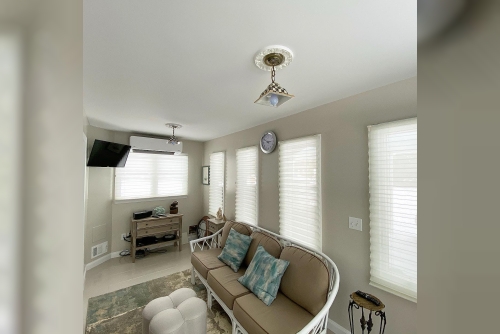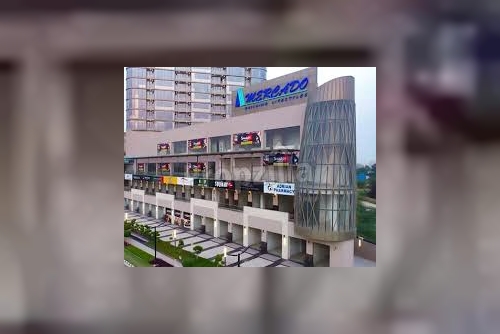Air source heat pumps (ASHPs) are an energy-efficient way to heat and cool your home, offering both cost savings and environmental benefits. However, like any major home appliance, they require regular maintenance to ensure they perform at their best. Proper care can extend the life of your system, maintain its efficiency, and help you avoid expensive repairs. Here’s a guide to help you maintain your air source heat pump for optimal performance.
1. Clean or Replace the Air Filters RegularlyAir filters play a critical role in the efficiency of your heat pump. They trap dust, dirt, and debris, preventing them from entering the system and reducing airflow. If your filters become clogged, your heat pump will have to work harder to circulate air, which can lead to reduced efficiency and increased energy bills.
You should clean or replace the filters at least every three months, or more frequently if you have pets or live in a dusty environment. In addition, inspect the filters during peak usage seasons—winter and summer—when your heat pump will be working hardest. A clogged filter can reduce airflow, making the unit less efficient and putting strain on the compressor.
2. Keep the Outdoor Unit Clean and Free of ObstructionsThe outdoor unit of your air source heat pump is exposed to the elements, so it’s important to keep it clean and free of obstructions. Over time, leaves, dirt, twigs, and other debris can accumulate around the unit, obstructing airflow and reducing the system’s efficiency.
Inspect the area around the outdoor unit regularly and remove any debris. You should also ensure there is at least two feet of clearance around the unit to allow for proper airflow. In winter, check for snow or ice buildup, as this can block the coils and cause the system to freeze. If necessary, clear away any snow or ice to keep the unit running smoothly.
3. Check the Coils and Clean Them if NecessaryThe evaporator and condenser coils in your heat pump are responsible for transferring heat to and from the air. Over time, these coils can accumulate dirt and grime, which reduces their ability to absorb and release heat. Dirty coils make the system less efficient and can lead to overheating or even system failure.
At least once a year, inspect the coils for dirt or debris. If they appear dirty, you can clean them with a soft brush or a coil cleaner. Be sure to follow the manufacturer’s instructions to avoid damaging the coils. If you’re not comfortable doing this yourself, consider hiring a professional to inspect and clean the coils during your annual maintenance check.
4. Check and Clear the DrainsHeat pumps often produce condensation as they work to heat and cool your home. This moisture needs to be drained away to prevent water damage or mold growth. Make sure the drain lines are clear and functioning properly. If the drain becomes clogged, water can back up into the system, leading to potential damage or reduced performance.
Check the drain lines at least twice a year to ensure they’re free of obstructions. If you notice standing water near the unit, it could be a sign that the drain lines need attention. Clear any debris or use a wet/dry vacuum to remove blockages.
5. Inspect the Refrigerant LevelsRefrigerant is essential for the heat pump’s heating and cooling process. If the refrigerant levels are too low, the system will struggle to heat or cool effectively, resulting in higher energy consumption and potential damage to the compressor.
A drop in refrigerant levels is typically due to a leak in the system, which requires professional attention. If you notice that your heat pump isn’t performing as efficiently as usual, or if it’s making unusual noises, contact an HVAC technician to check the refrigerant levels and identify any leaks.
6. Schedule Annual Professional MaintenanceWhile there are many maintenance tasks you can perform on your own, it’s still important to have your air source heat pump professionally serviced at least once a year. An HVAC technician can perform a thorough inspection, check for issues that may not be immediately obvious, and ensure the system is running efficiently.
During a professional service visit, the technician will likely inspect the entire system, including the compressor, coils, refrigerant levels, electrical components, and thermostat. They can also provide expert advice on any potential upgrades or repairs needed to keep your system in top condition.
7. Monitor System PerformanceEven with regular maintenance, it’s important to pay attention to how your system is performing. If you notice a sudden increase in energy bills, strange noises, or inconsistent heating or cooling, these could be signs of a problem. Early detection can prevent costly repairs and help ensure your heat pump continues to operate at peak efficiency.
ConclusionMaintaining your air source heat pump is essential for keeping it running efficiently and avoiding costly repairs. By regularly cleaning or replacing filters, keeping the outdoor unit clear, checking the coils and drains, and scheduling annual professional maintenance, you can ensure your heat pump operates at optimal performance for years to come. Regular maintenance not only extends the lifespan of your system but also helps you save money on energy bills and keeps your home comfortable year-round.












